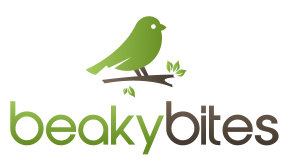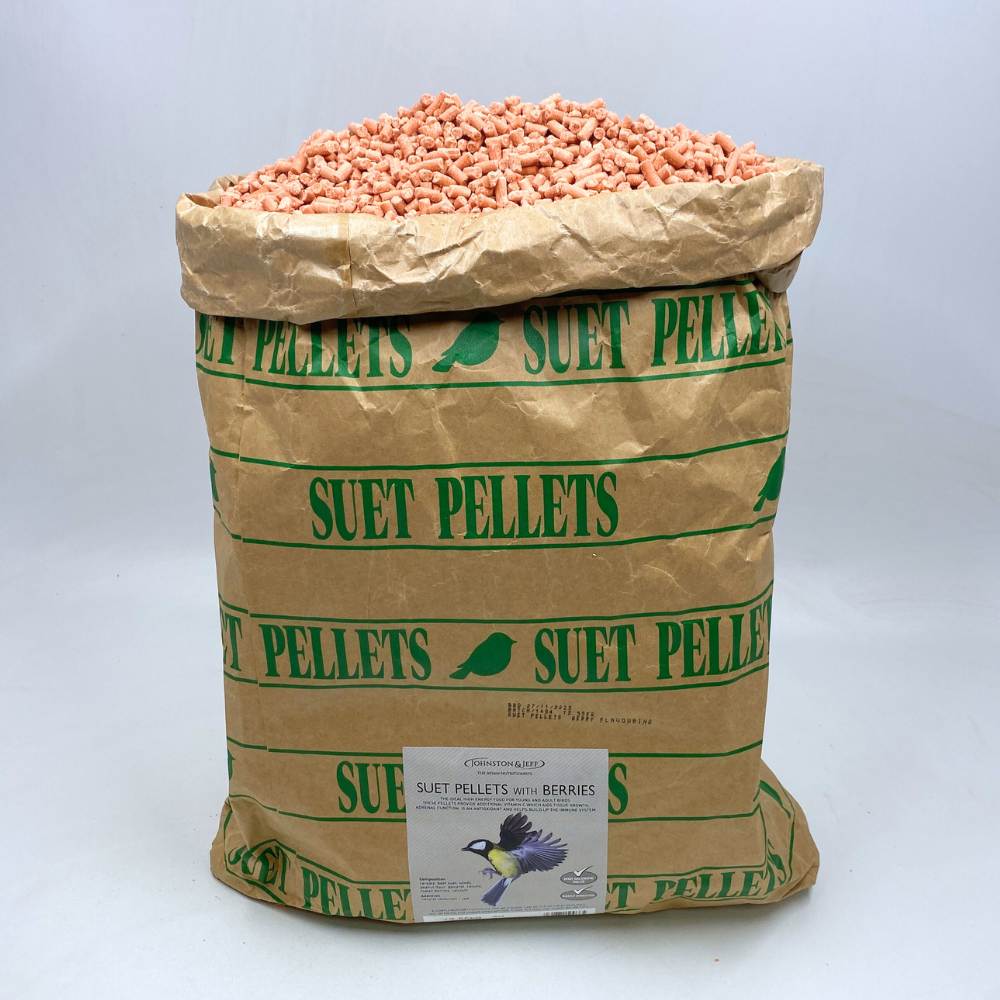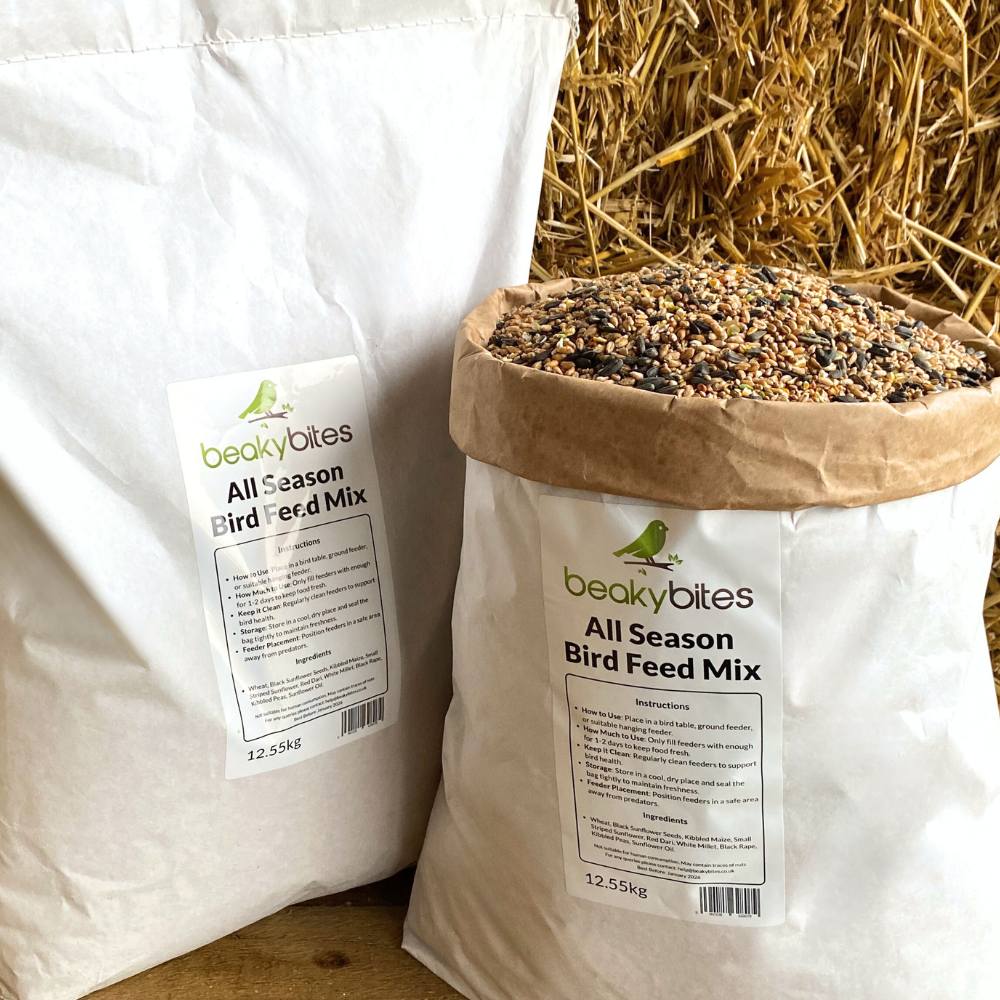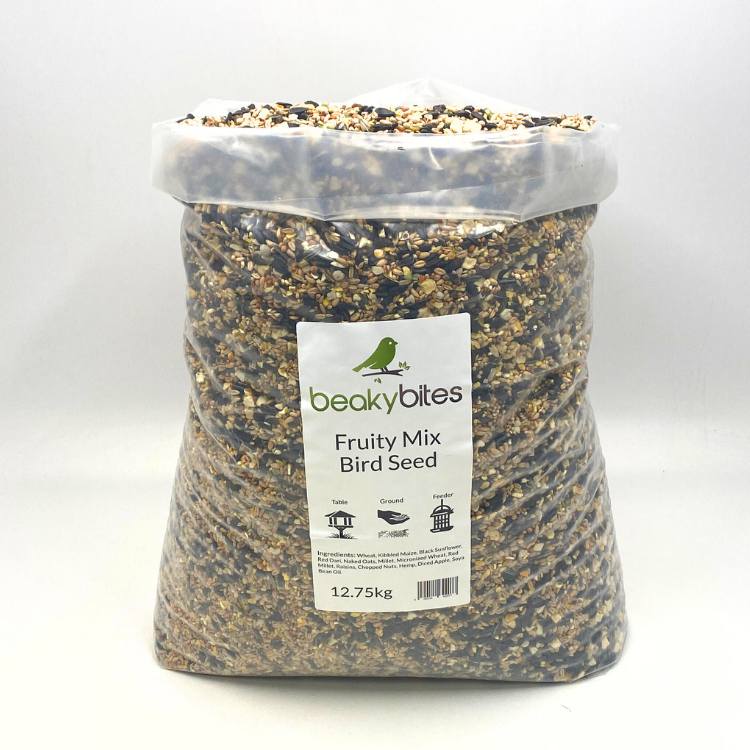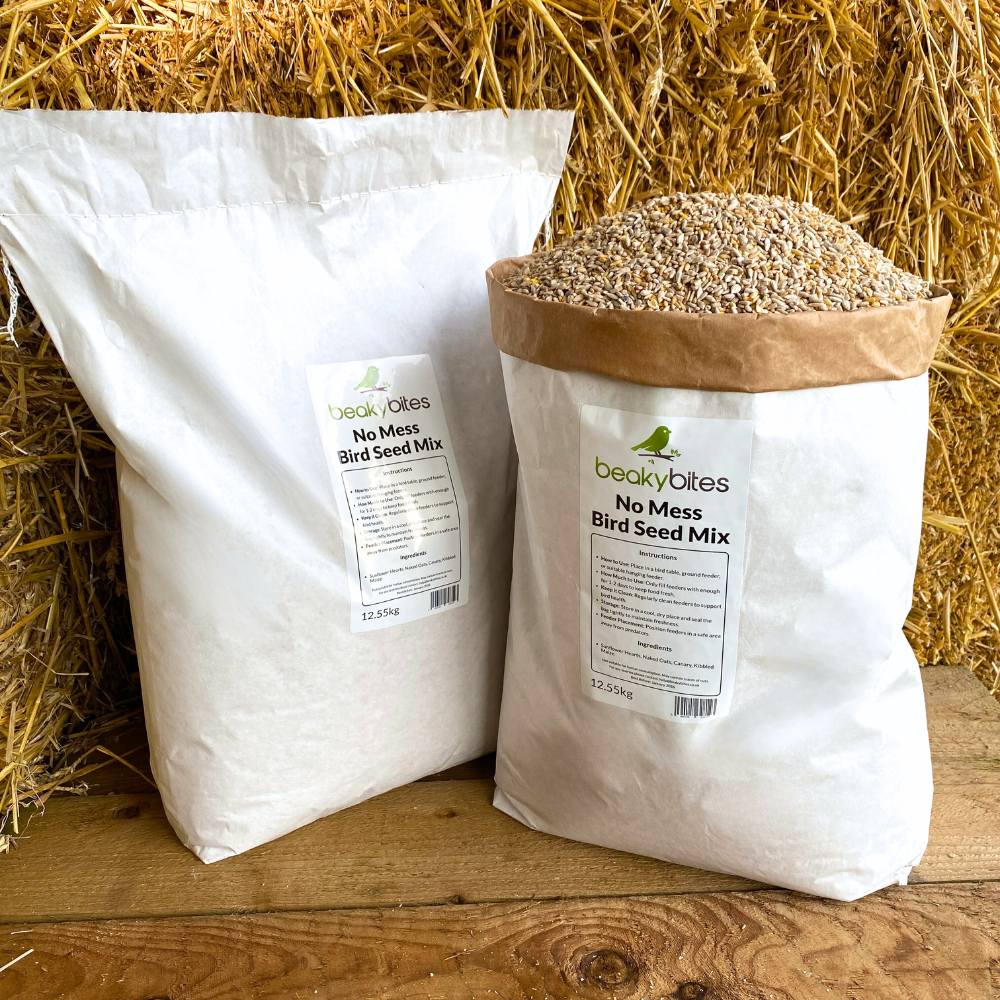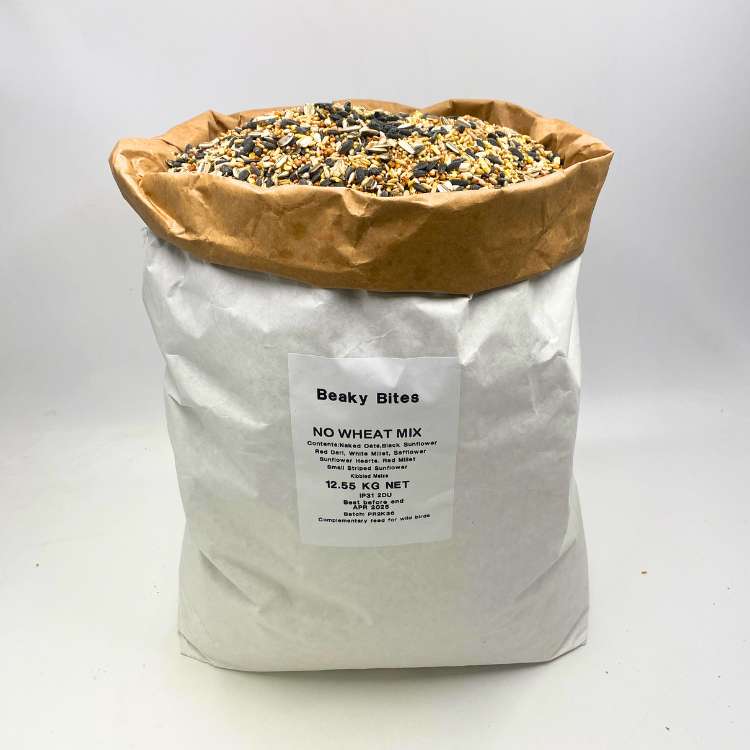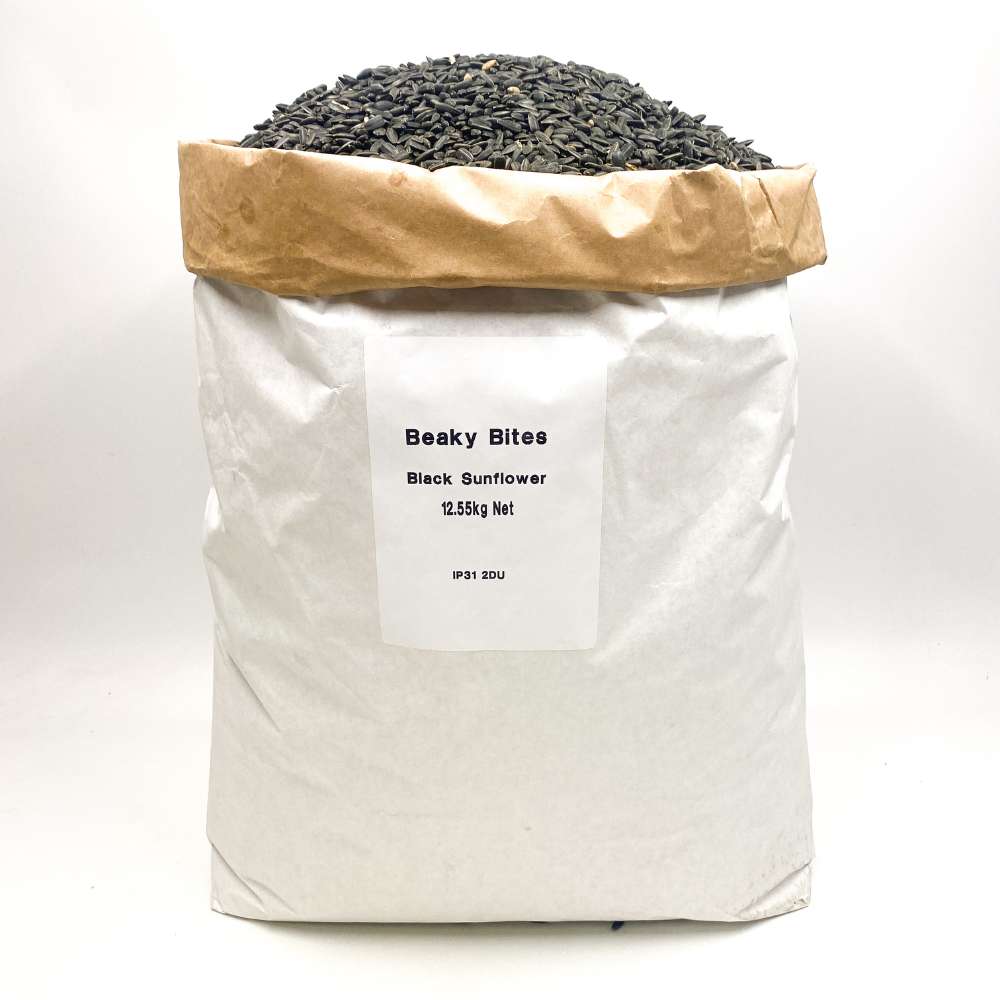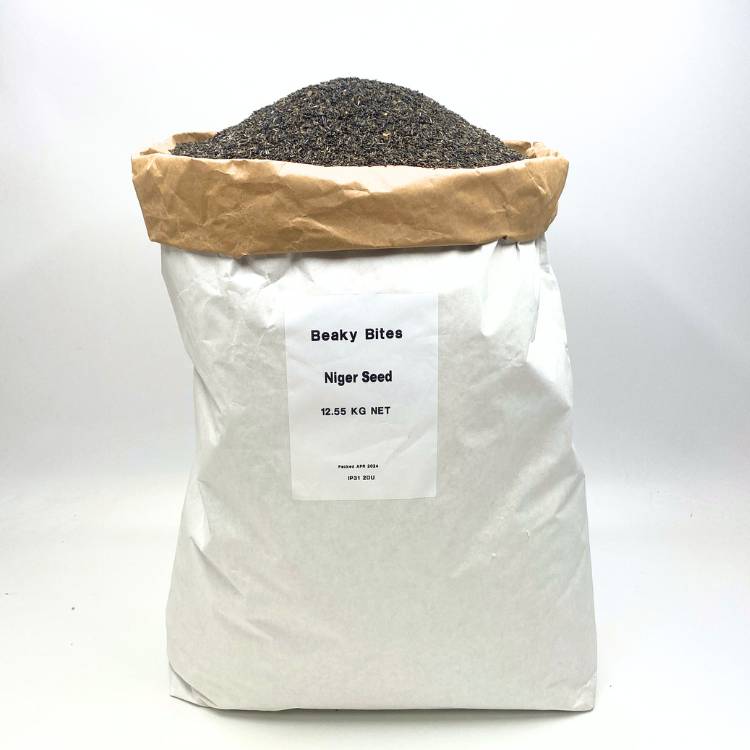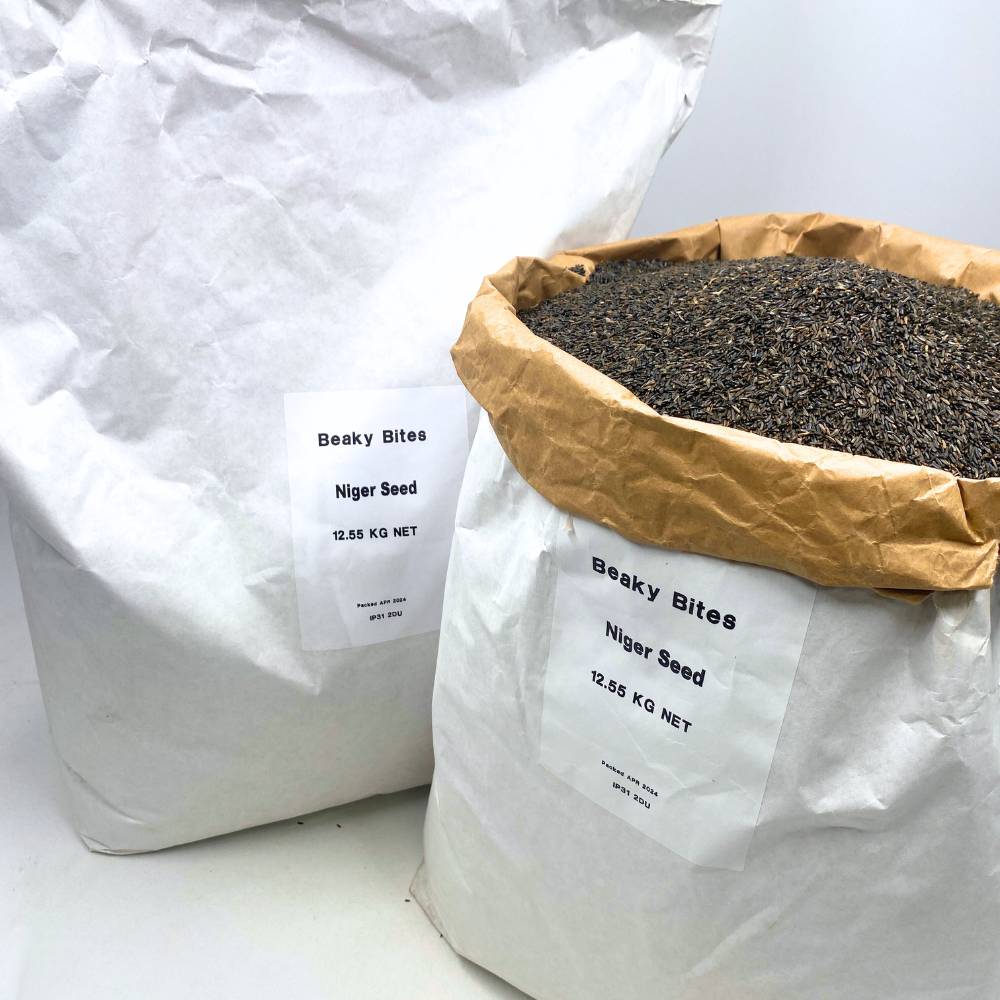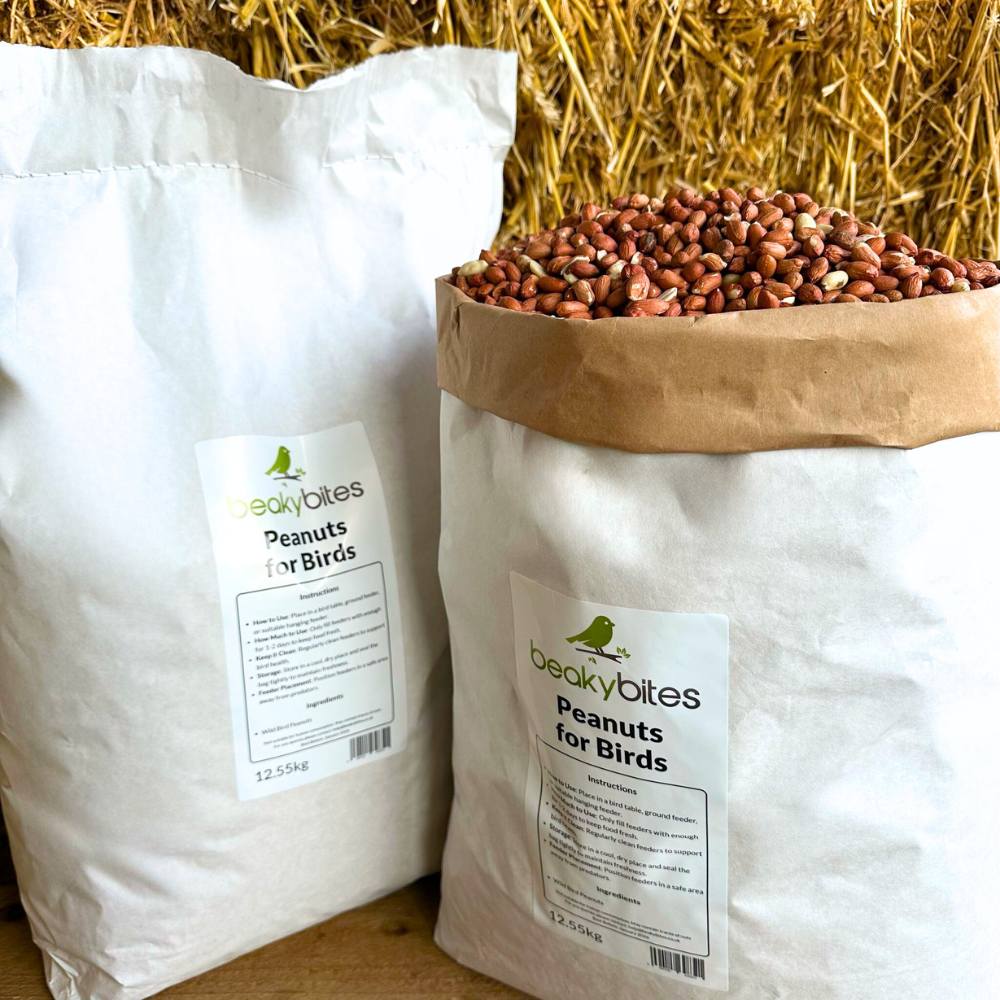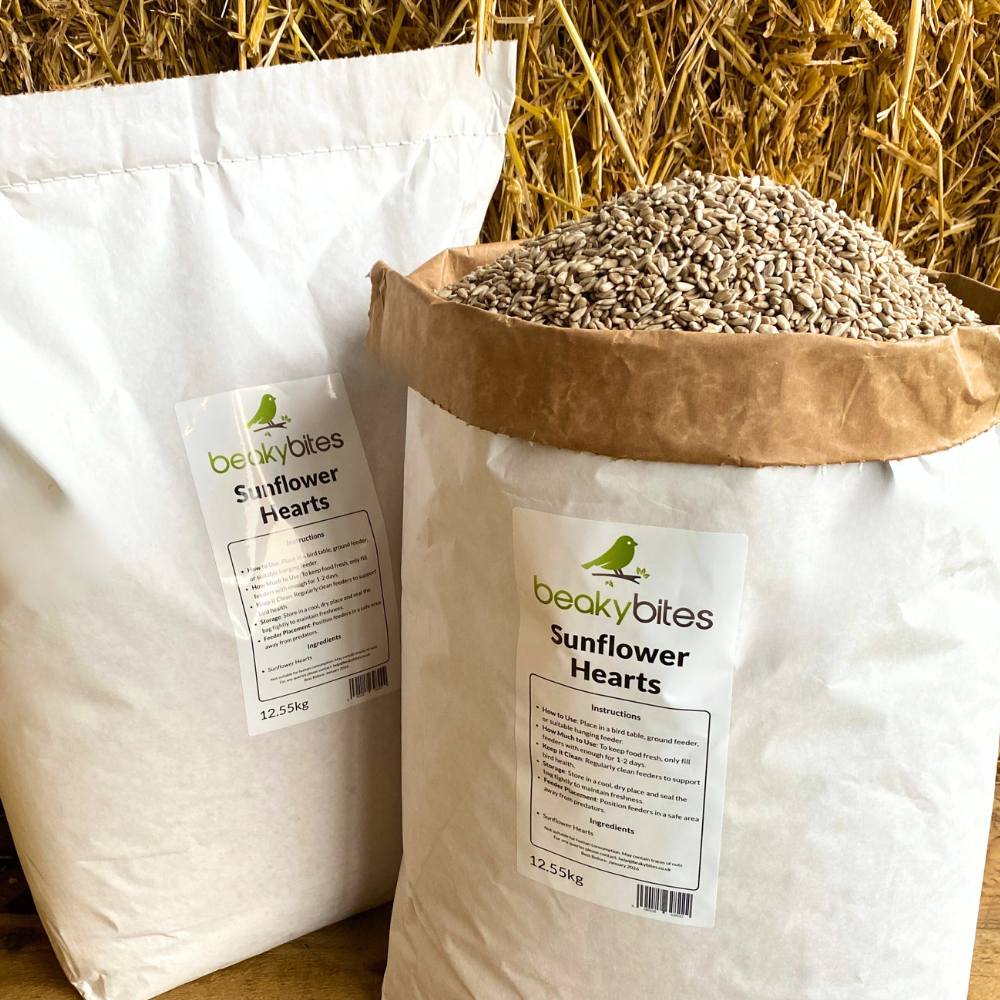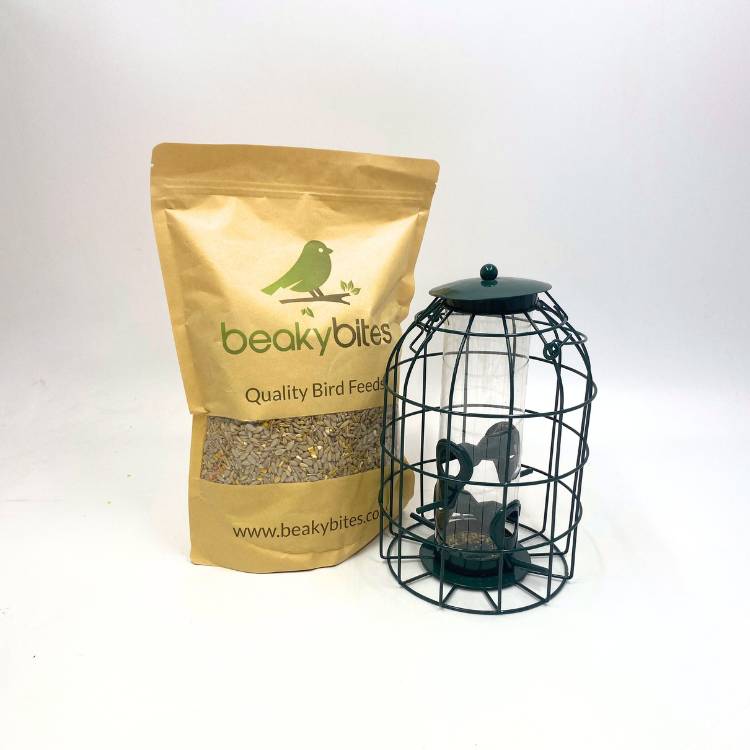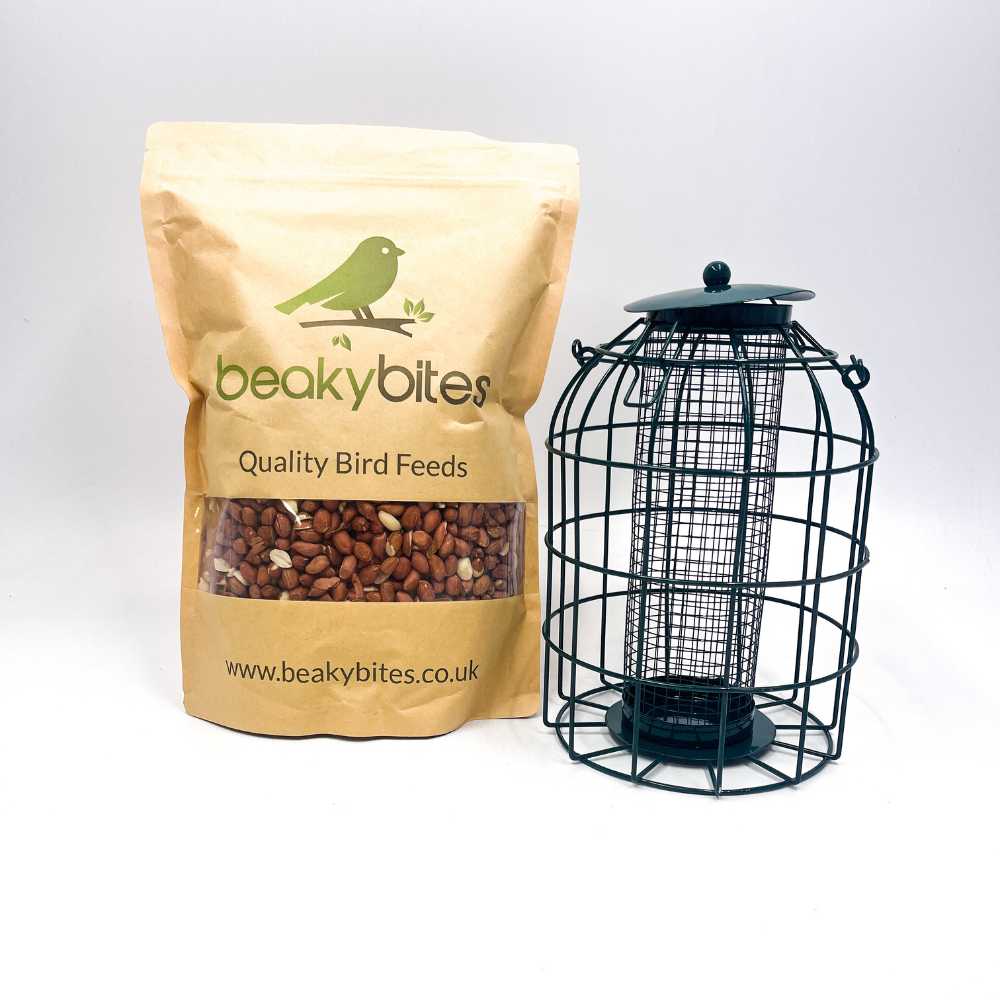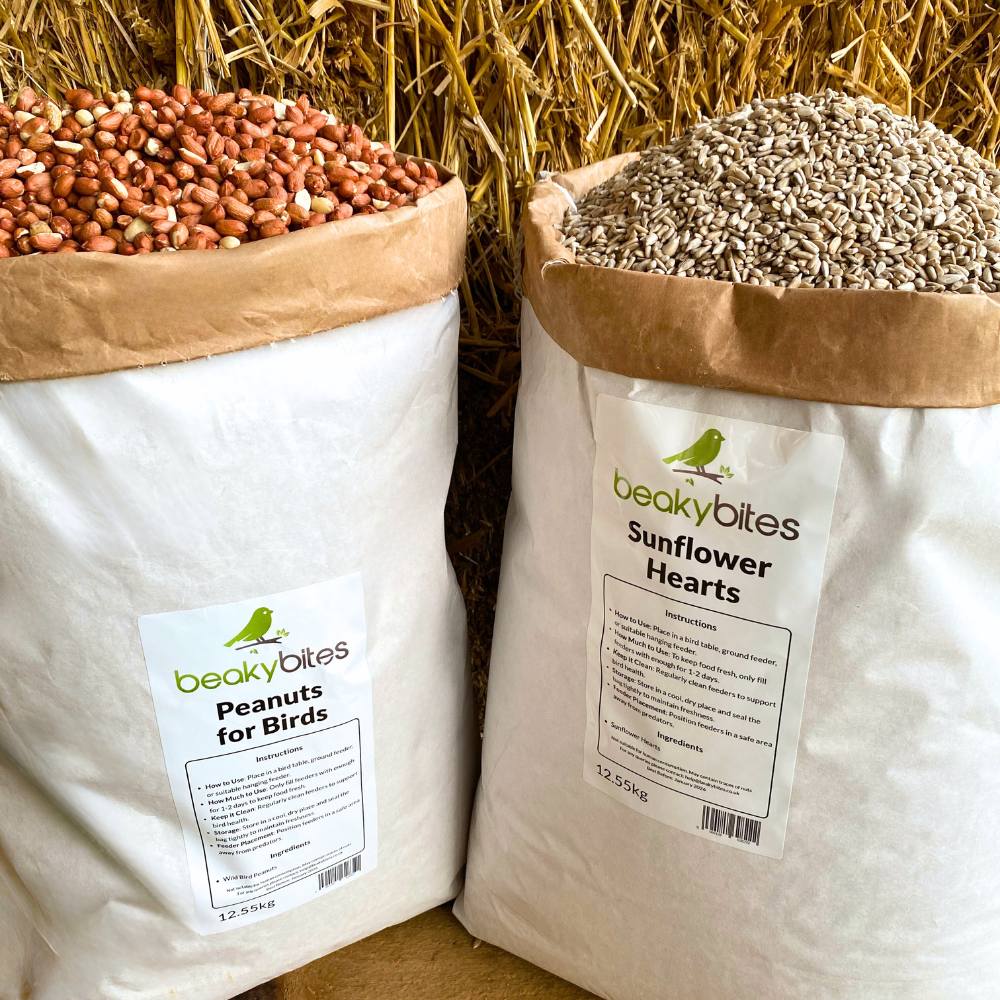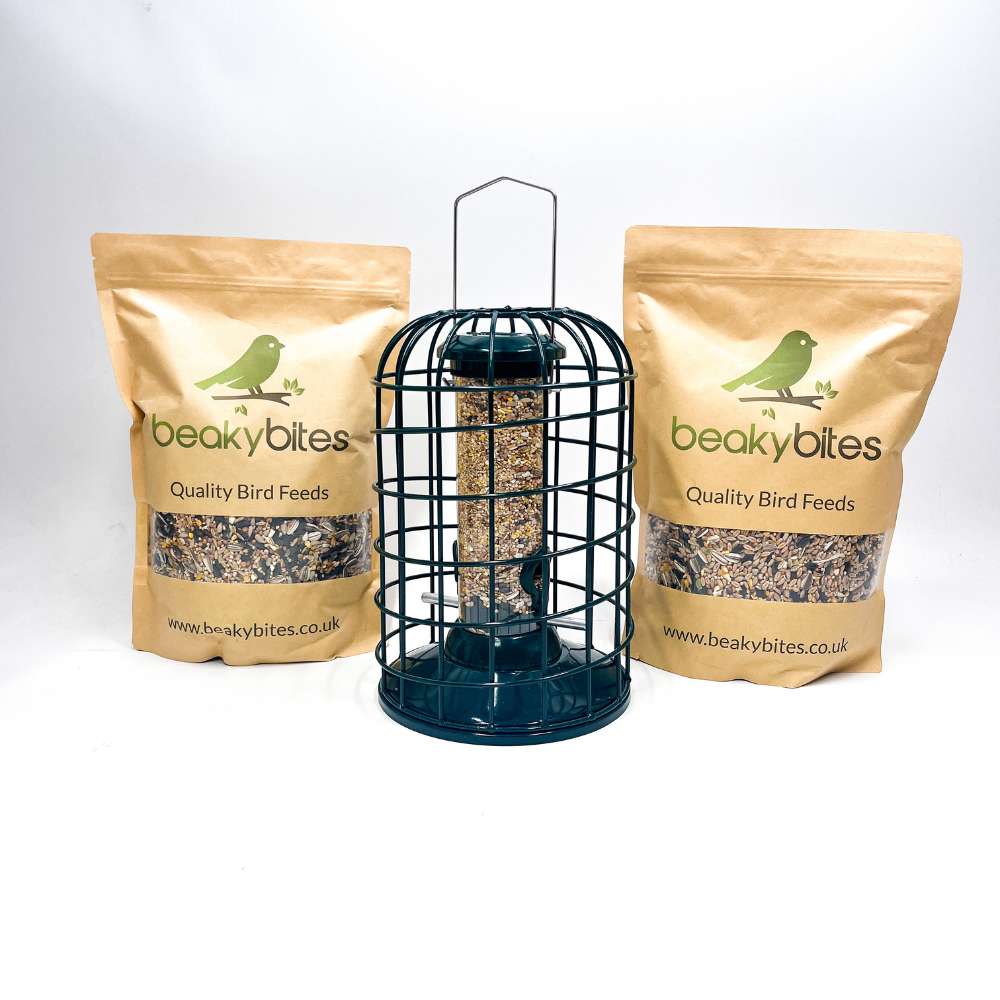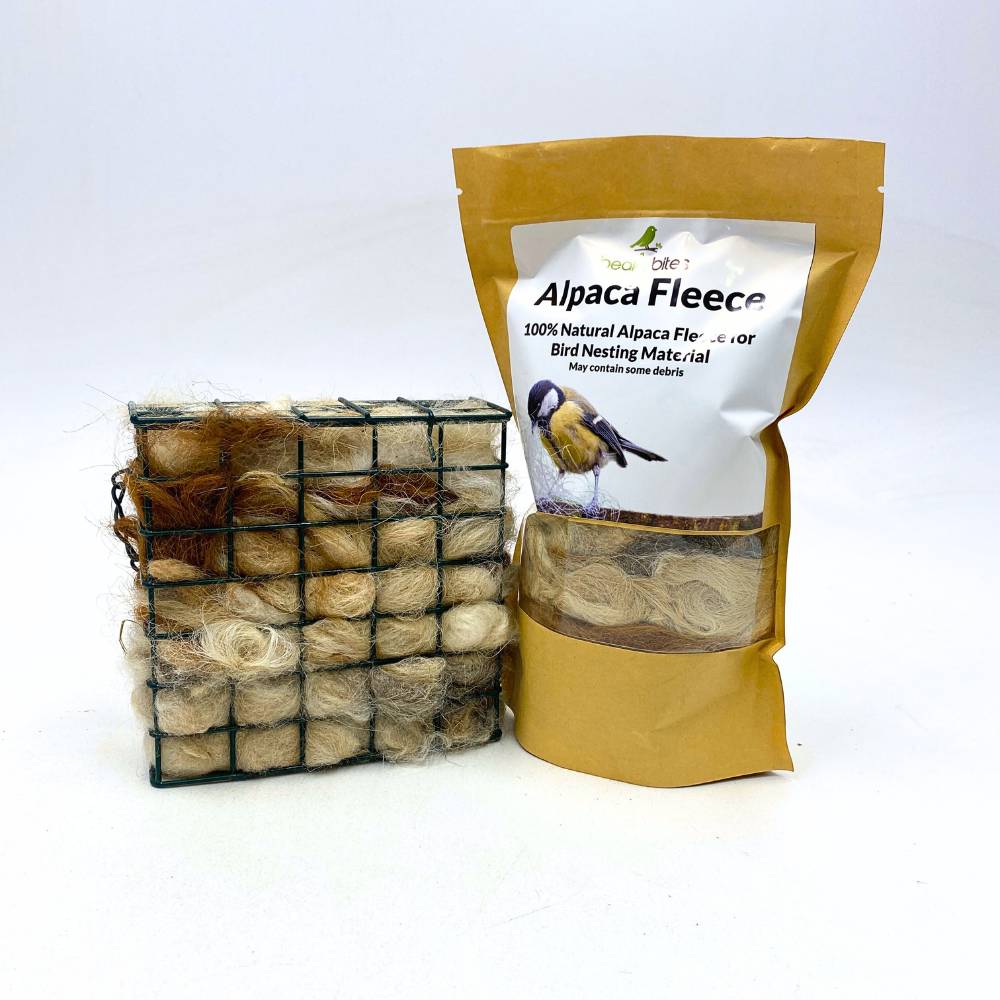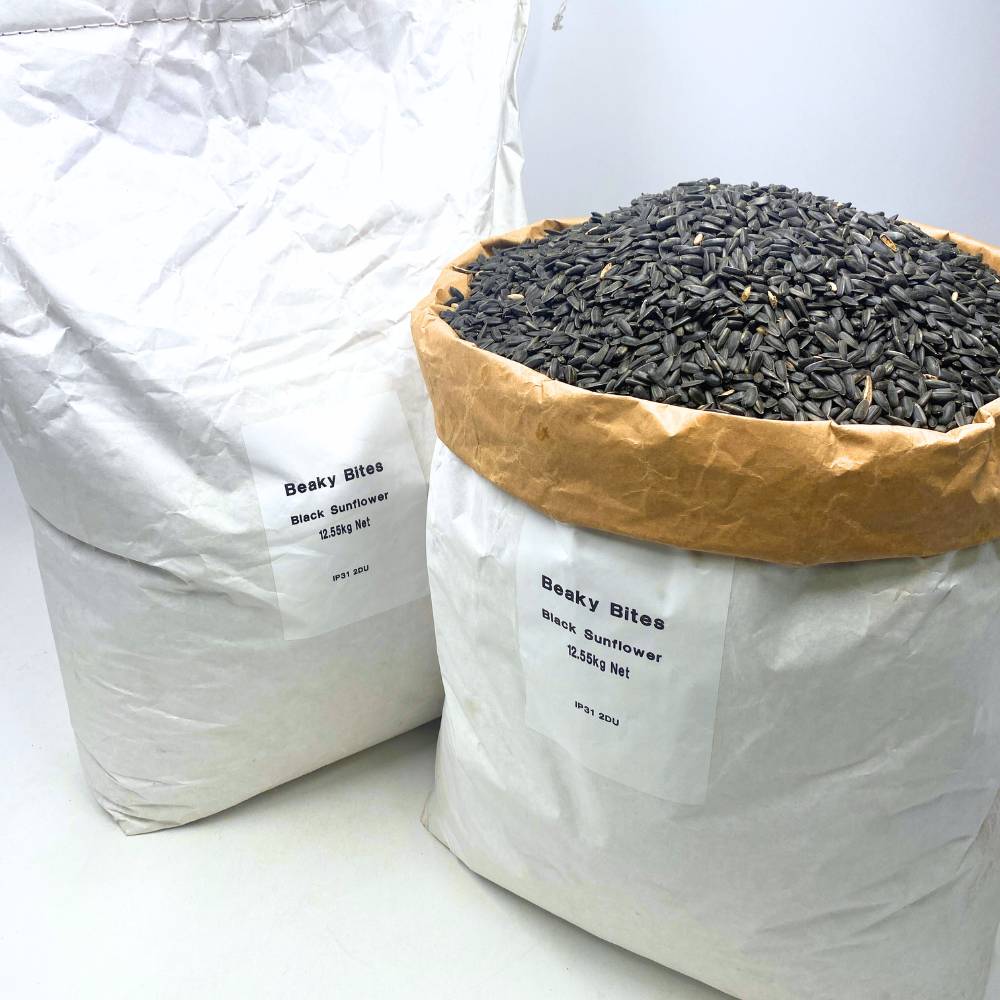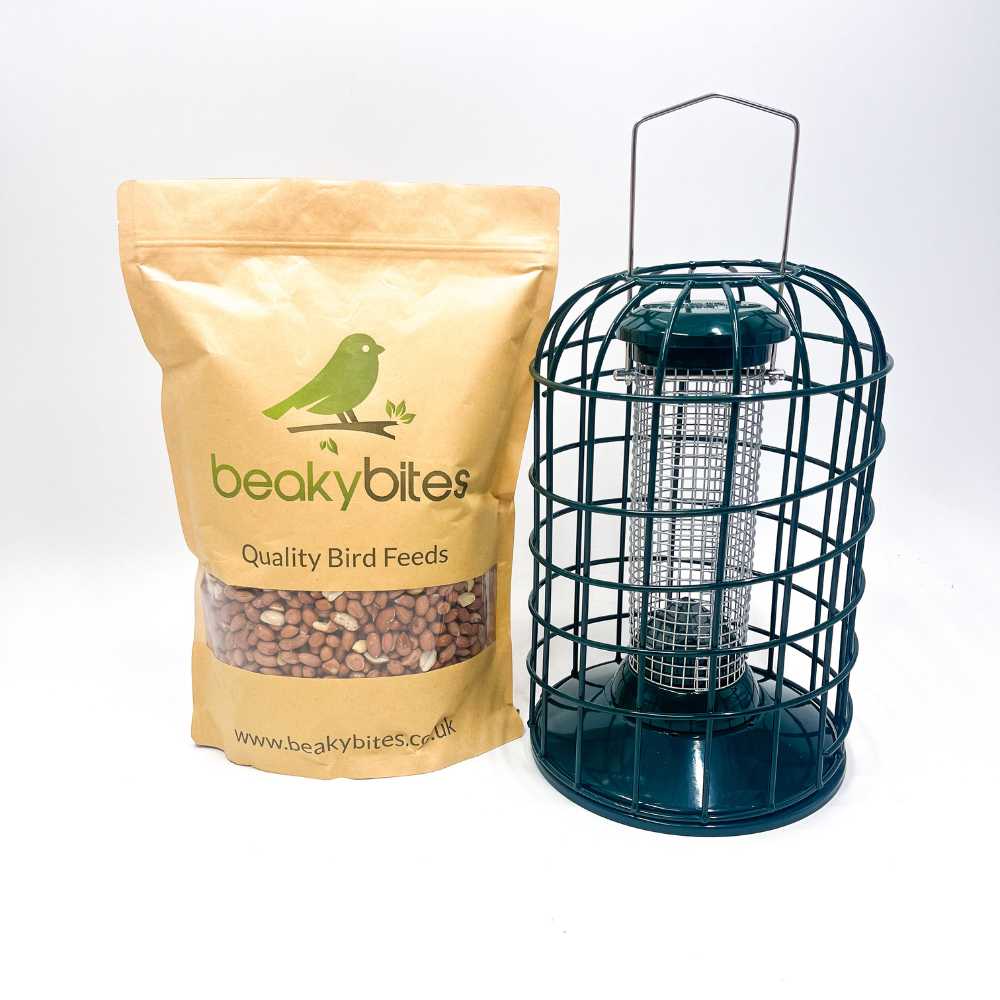Window Feeders for Birds: Bringing Nature to Your Window
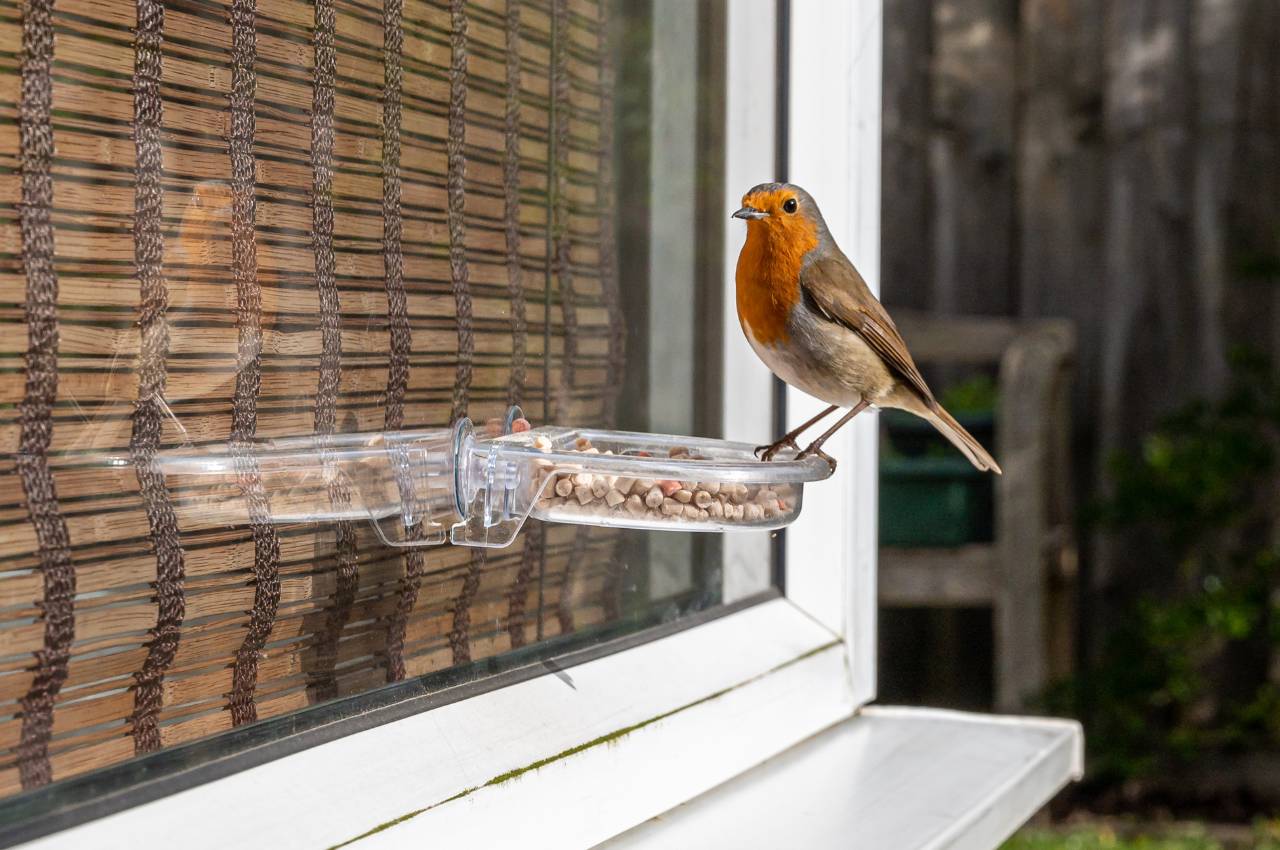
Top Rated Window Bird Feeder: Watch Birds Effortlessly
Want to watch birds right from your window? A window bird feeder lets you do just that. This post covers the best feeders, types and benefits plus tips to attract birds. Let’s get started!
Quick Facts
Window bird feeders come in suction cup, tray and multi-food feeders so they’re perfect for all birdwatching needs.
Great for close up and perfect for small spaces like apartments so you can watch birds without a big yard.
Regular maintenance and proper placement of feeders attracts more birds while keeping them safe, plus seasonal changes in food types helps sustain bird populations year round.
Window Bird Feeder Types
Window bird feeders come in many styles, each for different preferences and needs. These feeders lets birdwatchers watch birds up close and makes birdwatching more fun.
Here are the main types of window bird feeders.
Suction Cup Feeders
Suction cup feeders attaches to windows easily, gives a stable and close up view of garden birds. Strong suction cups secures them to glass surfaces so you can watch birds closely without disturbing them.
Perfect for those without big garden, these feeders sticks to the window easily and gives you a unique birdwatching experience from home.
Tray Feeders
Tray style window feeders has enough space for birds to perch and feed comfortably. Their large open design can accommodate different seed mixes and multiple birds can feed at the same time.
The open design of tray feeders attracts many bird species and makes bird feeding more interactive and fun for birdwatchers who likes to see multiple birds at once.
Multi-Food Feeders
Multi-food window feeders holds different types of food, attracts more birds. They can hold seeds, suet and mealworms and attracts different bird species.
This versatility makes multi-food feeders perfect for attracting different bird species year round. Having different food types ensures your feeder is a hot spot for many garden birds.

Window Bird Feeder Benefits
Window bird feeders has many benefits and that’s why bird enthusiasts loves them. They gives close up observation, allows you to see different species up close, robins, blue tits and house sparrows.
Also perfect for homes with small outdoor space, you can feed birds without a big yard.
Close Up
Window feeders gives an up close birdwatching experience from inside the house, lets birdwatchers see birds up close with minimal disturbance. This is great for those who loves to see the details of the birds’ plumage and behaviour.
Suction cup feeders made of transparent materials gives unobstructed views. Placing the feeder at eye level makes it more visible and comfortable for both birds and observers.
Space Saving
Perfect for smaller living spaces, window bird feeders doesn’t need outdoor fixtures so it’s perfect for apartment living or homes with small outdoor areas.
These feeders can be attached directly to glass surfaces so you can feed birds without a big garden or yard, for everyone.
Easy to Use
Window bird feeders is easy to install and maintain. Can be cleaned and refilled with minimal effort. Most has strong suction cups for stable mounting. This is how window bird feeders works.
Easy to maintain, these feeders is perfect for those who wants to feed birds without the hassle. User friendly design for both new and old bird enthusiasts.
Free Delivery Deals
What Food to Use in Your Window Feeder
Choosing the right food is important to attract and keep different birds in your window feeder. Different seasons requires different food types; for example high energy food for cold weather.
To attract birds year round, adjust the food and feeder setup according to the season.
Seed Mixes
Different seed mixes for window feeders gives different nutritional options for birds. A mix of seeds caters to different bird preferences and increases the chances of attracting different species.
The ‘Hi-Energy No Mess’ seed mix minimizes waste and high in nutrition. Using this mix ensures your window feeder will be popular among many garden birds.
Niger Seed
Niger seed attracts finches and not squirrels. Finches loves it because of its nutritional profile and the shape of their beaks.
Niger seed attracts desirable finch species and minimizes squirrel interference. Its small size makes it hard for squirrels to get to it so the seed is reserved for the birds.
Suet and Mealworms
Suet cakes is a protein rich food that attracts many bird species. Mealworms is another protein rich food that can attract many birds and adds to your birdwatching experience.
Adding suet and mealworms to your bird feeding routine will increase the number of bird species visiting your feeder. These food are perfect for insectivorous birds like robins, high calorie nutrition.
Window Feeder Placement Tips
Choosing the right spot for your window bird feeder will give you a view from inside and keep the birds safe. Proper placement will also reduce bird collision with glass.
Check these tips for ideal feeder placement:
Height
About 5 feet from the ground is the recommended height for bird feeders. Installing the feeder between 3 to 6 feet off the ground will make it accessible to the birds and safe from ground predators.
Placing the feeder at the right height will attract many birds and keep them safe. This height will make the feeder visible and easy for the birds to access.
Obstacles
Positioning your bird feeder correctly will minimize the access for squirrels and other pests. Placing feeders too close to trees will give easy access for squirrels and makes it harder for birds to feed safely.
Keep feeders away from trees and structures to minimize access points for squirrels. This will reduce the chances of squirrels and other pests to get to the feeder.
Visibility
Choose a spot for the feeder that is visible from inside the house to add to the birdwatching experience for the observers. Make sure the feeder is in clear view for both birds and observers.
Placing the feeder in a well lit area will make it more visible to the birds and to people.

Cleaning and Maintaining Your Window Feeder
Cleaning and maintaining your window bird feeder will keep the birds healthy and safe. Cleaning regularly will prevent old food build up and reduce the risk of diseases during winter.
Wear waterproof gloves when cleaning feeders and make sure they are dry before refilling.
Cleaning Schedule
Cleaning prevents disease transmission among birds. Cleaning feeders weekly is recommended for bird health and to minimise disease risk.
Sanitise bird feeders with diluted bleach solution or non toxic disinfectants. Wear gloves when cleaning to protect your hands from bacteria and prevent contamination.
Cleaning Method
To clean your feeder, disassemble it, soak the parts in the bleach solution, scrub with a brush, rinse thoroughly and let dry before reassembling. Cleaning regularly will prevent disease transmission among birds.
This step by step cleaning process will keep your feeder clean and safe for the birds. Make sure feeders are dry before refilling to avoid a damp environment that breeds bacteria and mould.
Birds You Can Attract with Window Feeders
Window feeders will attract many bird species to add to your birdwatching experience. Offering many food types will bring in more bird species.
Tray feeders are ideal for robins and will provide a larger platform for multiple birds to feed. Mealworms are favourite of insectivorous birds like robins and are high in calories. Adding suet cakes and mealworms will attract many insect eating birds.
Year Round Bird Feeding
Feeding in winter will sustain bird populations when natural food sources are scarce. In autumn and winter feed energy rich food to the birds during colder months.
In spring and summer birds need high protein food especially when moulting. Adjust your bird feeding habits seasonally to ensure birds get what they need year round.
Conclusion
Window feeders is a unique and fun way to bring nature to your home. By choosing the right type of feeder (suction cup, tray or multi food) you can add to your birdwatching experience and attract many bird species. The benefits of window feeders are many from close observation and space saving design to easy maintenance making bird feeding for everyone.
Select the right food (seed mixes, Niger seed, suet or mealworms) and you will attract many birds throughout the year. Proper placement and regular maintenance is key to creating a safe and welcoming environment for your birds. And by squirrel proofing your feeders you will protect your feeders and your feeding area.
Follow these tips and enjoy birding!
Frequently Asked Questions
How do I attach the window bird feeder?
- Answer: Just make sure the window is clean and dry before using those strong suction cups. That will make it stick well and your birds will come back!
What birds can I attract with a window feeder?
- Answer: You can attract a mix of robins, blue tits, house sparrows and finches with a window feeder. Just change the food and you will see even more birds visiting!
How often should I clean the window bird feeder?
- Answer: Clean your window bird feeder weekly to keep your birds safe and healthy. Just use a diluted bleach solution or a non toxic cleaner and you’re good to go!
What is the best height to hang the window bird feeder?
- Answer: Best height to hang the window bird feeder is between 3 to 6 feet off the ground. This keeps it accessible to the birds and protects them from ground predators.
How do I stop squirrels from getting to my bird feeder?
- Answer: Use squirrel baffles, get squirrel proof feeders and hang the feeder at least 5 feet off the ground and 7 feet from any vertical surface. Squirrel free birding!
